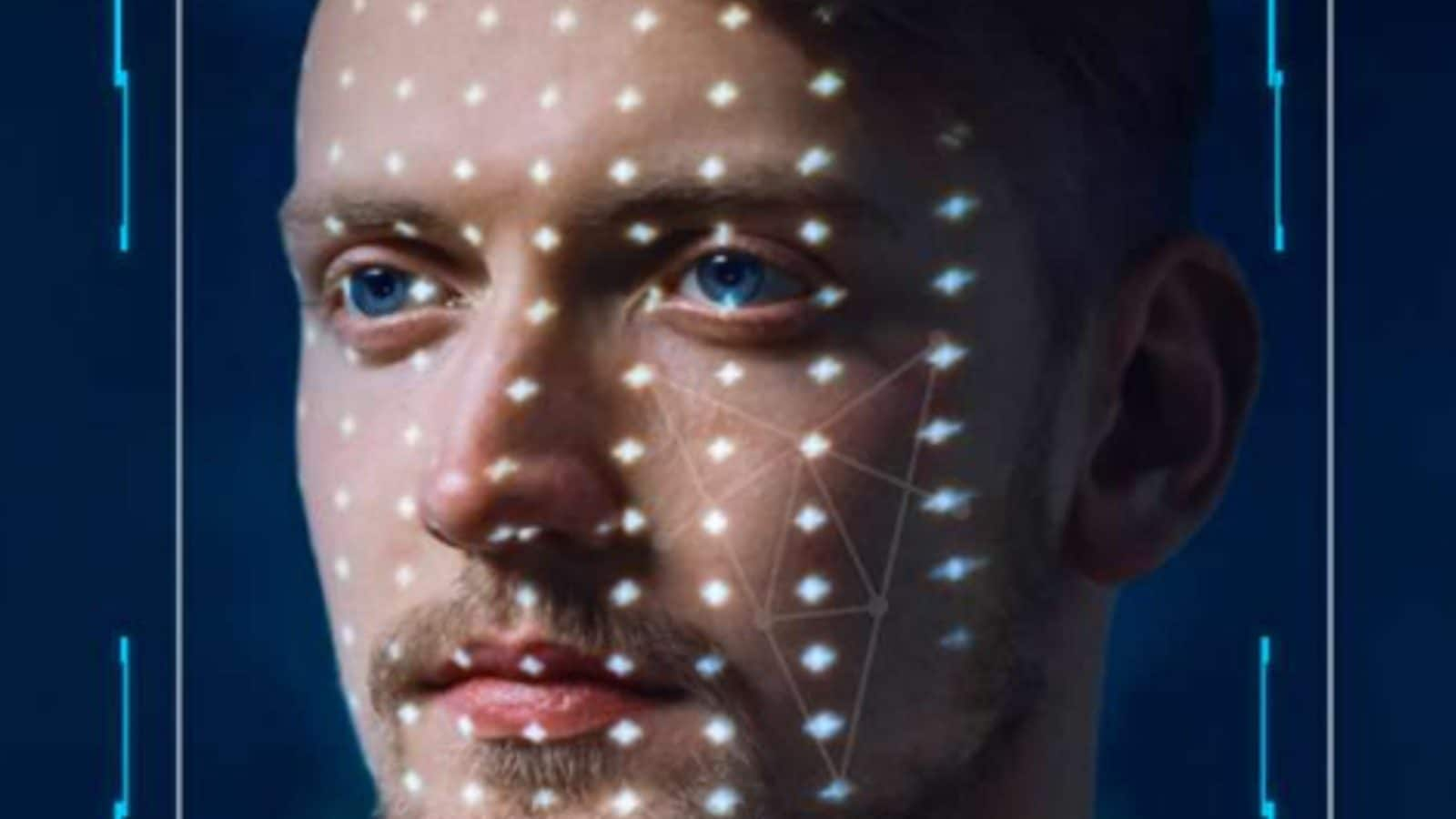[ad_1]
Intel has been a technology powerhouse and is still a force to reckon with. But the company has clearly moved beyond chips in the past few years, using its capabilities to tackle different issues. And now, Intel claims that it has built a detector which tells you if a video has deepfake elements with 96 percent accuracy.
The company says FakeCatcher is the world’s first real-time deepfake detector. Intel has used its hardware and software prowess to design this system, in partnership with State university researchers.
Intel has designed FakeCatcher in its labs with senior staff research scientist, Ilke Demir working in collaboration with Umur Ciftci from New York State University. FakeCatcher runs on a server that Intel has built using its hardware and software. The application provides data through a web-based interface. “Deepfake videos are everywhere now. You have probably already seen them; videos of celebrities doing or saying things they never actually did.” says, Demir in this post.
Deep fakes are basically the content where you have one person in the visual but the person speaking is someone else. Think of it like a virtual plastic surgery done which is not identifiable to the layman.
Intel FakeCatcher Deepfake Detector: How It Works
Intel says that FakeCatcher is different from every other deepfake detector in the market. This claim is tall and it explains that the technology used to detect the videos helps the company deliver 96 per cent accuracy, the closest anyone has ever come to giving the ideal match.
Intel says FakeCatcher works by analysing the blood flow in the video pixels. This is achieved using a technology called photoplethysmography or PPG. With PPG, Intel’s tech is able to measure the amount of light reflected by living tissue. Now, if a person in the video is real, the PPG will work normally, but if it is a deepfake, then the detector will alert the person.
The company also talks about the fact that when your heart pumps blood, the colour of the vein changes, which is easily detected by FakeCatcher to alert the person or the platform.
Intel believes that it has found a solution using a feature that nobody has utilised so far. The company is hoping that social media platforms can use its tech to detect fake content and remove them before mass consumption.
Deepfakes are hard to identify, forcing companies to invest millions in tech which may or may not deliver the results. But Intel is clearly onto something unique and we are hoping it is used to good effect in the near future.
Read all the Latest Tech News here
[ad_2]
Source link




